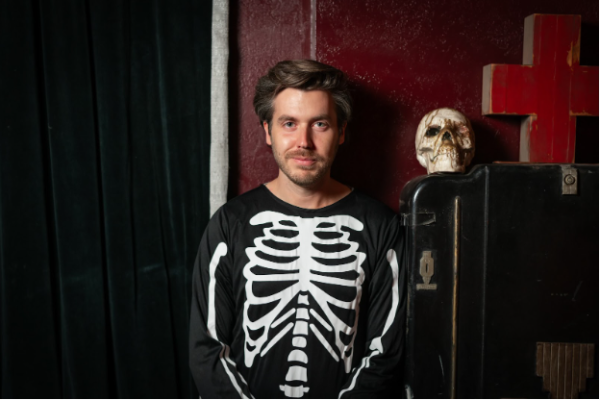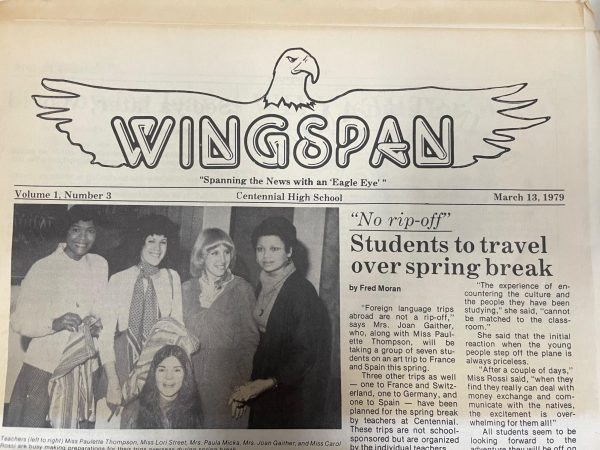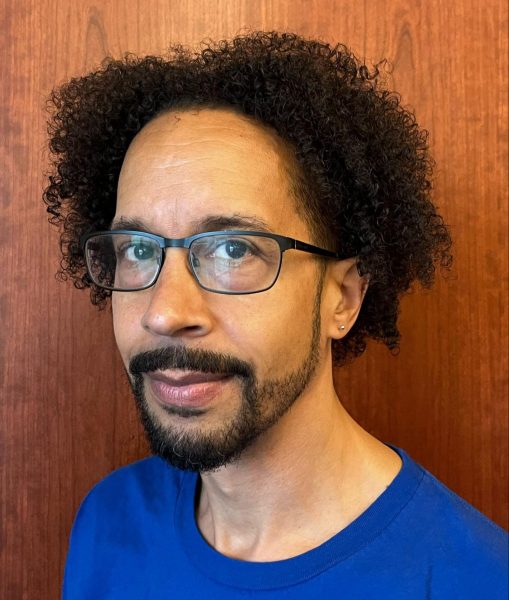Maryland Voices: By Students, For Students
Maryland Voices is a Maryland state-wide publication currently run by high school students at Centennial High School under advisor Rus VanWestervelt. The publication started in 2001 as a 9/11 project, and collected pieces written by Maryland students that voiced their reactions to the attacks on September 11, 2001. After collecting all of the student written pieces, they published “September Eleven: Maryland Voices” (published by the Baltimore Writers Alliance).
After their first publication, the journal continued. However, they shifted their focus from primarily 9/11 memoires to creative nonfiction in general, and published their second volume. Over the next seven years, the Maryland Voices publication grew into a state-wide, student-run journal. Each publication has consisted of fifty pieces of creative nonfiction by Maryland high school writers. However, due to the economic crash in 2008, the publication saw both a decrease in student editors as well as student submissions, and was forced to publish their last issue of Maryland Voices in 2009.
Despite the years of the idle publication, Centennial High School students took initiative to revive the publication in 2019, continuing the Maryland Voice legacy. During that year they published Volume X. Mary Samokhvalova, the current editor-in-chief, was part of the push to bring back the publication.
“I revived Maryland Voices because I believe it is an invaluable opportunity for Maryland high school students to express themselves and get their voice heard on the state, national, and even international levels,” stated Samokhvalova.
The Maryland Voices team this year is planning to publish Volume XI and provide highschool students with the chance to share their stories through creative nonfiction and continue the publication’s legacy.
“Creative nonfiction is one of the best genres for empowering an individual to express their emotions, reflect on their experiences, and realize the deeper meaning of their situation,” said Samokhvalova. Because the journal is made up of exclusively creative nonfiction pieces, Samokhvalova stressed the importance of understanding what exactly creative nonfiction means.
“Please take care that your story follows the six pillars of creative nonfiction, outlined in detail on this page of our website,” said Samokhvalova.
To be considered for publication on Maryland Voices, students across Maryland need to send in their creative nonfiction pieces via email. To do so, students should use the form that can be found on the Maryland Voices website before the February 14 deadline. Based on where their school is located, students will submit their pieces to a different regional email, however, all pieces must fit the same criteria. They should all be under 3000 words and be creative non fiction, written in MLA formatting (Times New Roman font, size 12, double spaced). In order to be published, the pieces go through an intense review process. The directors from each region in Maryland rate all of the pieces based on their content, creativity, and what they could potentially bring to the journal.
“Write about something that’s personally meaningful to you. Remember, we want to hear your reactions, your emotions, your voice,” stated Samokhvalova. “The two main paths you can go by are either by reporting and reflecting what is going on around you or by centering the entire story around you and your experiences.”
After students submit their stories, the members of the publication team analyze and score each piece, determining which ones should be published. However, the process for review is a little more complicated than it may seem.
“The review process is completely anonymized; the editors do not know any personal information (including the name) of the authors,” explained Samokhvalova. “All submissions are reviewed without regard to race, class, gender, sexual orientation, or age.” In keeping the reviews anonymous, the publication strives to focus on the writing, giving every student a fair chance for publication in the journal.
The Maryland Voices team, which is composed of high school sophomores, juniors, and seniors, has worked together for the past two years, since the revival of the publication. It is the only creative nonfiction journal in the state that is both published and is run by high school students.
“A team is vital to coordinate submissions from the twenty three Maryland counties and Baltimore City and to review all of the submissions so that they best represent the voices of Maryland students in the given year,” said Samokhvalova.
This year, the team is still working hard in an online setting. They are planning a virtual event to get students and teachers across the state interested in the publication itself. The event is a workshop called “Get Your Voice Heard” and will highlight authors, educators, and three Maryland Voices award winners from previous years. The workshop will inform students exactly what the team is looking for when they read the pieces, and how to write following the creative nonfiction guidelines.
The Maryland Voices team and Samokhvalova hope that student submissions can keep Maryland Voices alive for future high school writers.
“To the students reading this, on behalf of the entire team, we cannot wait to read your stories and hear your voices. To the Maryland Voices team and to our amazing adviser Mr. VanWestervelt, thank you for working together with me to create this invaluable opportunity for Maryland high school students,” recognized Samokhvalova.
To sign up for the “Get Your Voice Heard” workshop, anyone interested can fill out a google form.
dt/eh
For more breaking news and photos, follow The Wingspan on Instagram and Twitter @CHSWingspan.








